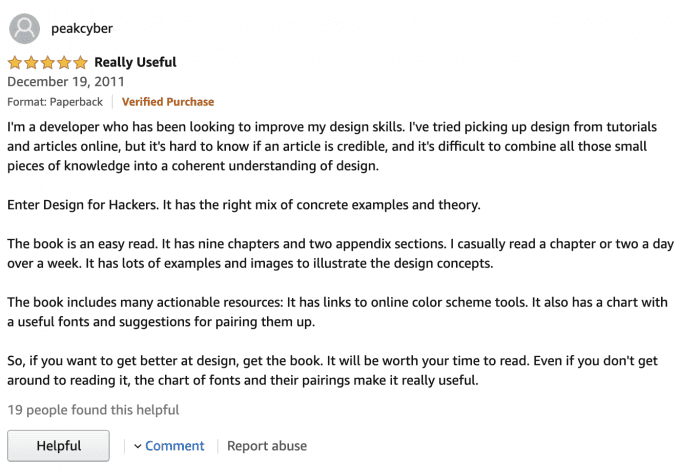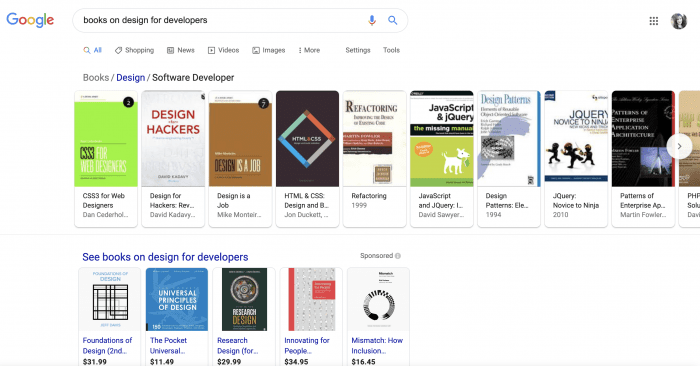This question came in after writing the last article about writing copy for your landing page:
“I’m just starting my business and am trying to write copy for my website. How do I use what my customers are saying when I don’t yet have any customers?”
Writing copy when you don’t have any customers yet is very similar to writing copy for a more established business. We’re still going to be using other peoples words on our website, but they will be our target customers words, instead of our actual customers words.
First, know who your target customer is
You probably have a reasonably good idea about who you’re targeting with your business. But for this exercise to work you need to have a very specific type of person in mind (i.e. “Anyone who needs XYZ” probably won’t cut it).
This is where niching comes in handy. Niching is focusing one one specific demographic for your product or service, rather than a wide range of people.
Many people are afraid to niche because they worry they’re going to lose out on potential customers. If you say you have a booking tool for vets, will salon owners bounce?
Yes and no.
First off, you want people to feel like your product was made exactly with them in mind. If I’m a vet looking for a booking tool, I’m far more likely to go with the booking tool for vets than the generic alternative. I want to feel like they understand the nuances of veterinary booking tools, including specific terminology that I would use.
But that doesn’t mean other companies looking for a booking tool will go elsewhere.
For example, Client Portal is targeted towards freelancers and agencies. But we also have law firms, marine biologists, real estate agents, and many more industry types as customers.
We can still cater to these people with industry-specific landing pages (and eventually some clever on-site personalisation) but for now when I write copy I’m writing it with freelancers and agencies in mind – even though the product can help many more people.
Even as I’m writing this article, I’m writing it to one specific type of person. I know there are many other people reading this who don’t fit this persona exactly, but they’re still reading, finding value, and (hopefully) applying the information.
If I were trying to write to every type of person reading, the article would be a never ending steam of “If you’re a…” and “For those who…” prepositions.
Sure, it would be directly relevant to more types of people, but the overall message would be so diluted and fragmented, nobody would get any real value from it.
So decide who your one person you can write to is, and then you can start finding out where they hang out online (this is where we will get our copy from).
Finding where your prospects hang out online
The great thing about the internet is that there is a community for everything from people interested in the different carpets used in airports around the world, to people who really like to chew ice.
That means, you almost certainly will be able to find little pockets of the internet where your target customers hang out and talk shop.
The first place I go (thanks again to Joanna Wiebe) to find these people is Amazon.
Specifically, the Books section.
Amazon book reviews are an incredible place to go to understand your target audience. If a book has been written on your subject to your target audience and people have bought it, you can be sure that you’ve tapped into a problem people are willing to spend money on to solve.
To find these reviews, start with a Google search for “Books on [YOUR TOPIC]”. Google is far better than searching Amazon for this because you’ll get a mixture of book recommendations and blog posts collating “Top 10 books on [YOUR TOPIC].
Once you’ve found a book that fits the bill, find it on Amazon (or GoodReads would work too) and start combing through the reviews.
(Quick tip: don’t forget to check out the “Customers who viewed this item also viewed” section for more book ideas).
For Design Academy, I did a quick search for “Books on design for developers” and immediately got hit with tons of books relevant to both the problem, and my target audience.
Design For Hackers by David Kadavy is a book I’ve been familiar with for a while, and I know it’s highly relevant to what I’m doing so I found that on Amazon and start scouring through the reviews.
And just like in the article on using customer research to write copy, I can take this content and reword it to fit my landing page.
As an example, take this review (bold added by me for illustration purposes):

“I’m a developer who has been looking to improve my design skills. I’ve tried picking up design from tutorials and articles online, but it’s hard to know if an article is credible, and it’s difficult to combine all those small pieces of knowledge into a coherent understanding of design.
Enter Design for Hackers. It has the right mix of concrete examples and theory.”
From this one review alone I could get the following copy:
“Tell me if this sounds familiar…
You’re confident with code but your design skills feel somewhat… lacking. You’ve scoured through numerous design-related tutorials and blog articles but you’re only getting information in drips and drabs. What’s more, you’re constantly hearing conflicting advice on best practices. How can you be sure which of these sources are credible?
What you need is something that combines all these small pieces of knowledge into a coherent understanding of design. You need the right mix of concrete examples and theory so you can be sure that you’re only using tried-and-tested methods of design.
That’s where [your course/product/service] comes in…”
You don’t need to get your whole copy from one review. In fact, you probably shouldn’t.
But you can use this method as you go through hundreds of reviews, picking out the themes that crop up over and over again.
You may need to get a bit creative when searching for book reviews. You might not always get the exact book, solving the exact problem, to the exact same people as you.
But that’s OK. When searching for these reviews, you’re looking for books your target audience are reading even if they’re not about exactly what you’re selling.
For example, if books on visual design didn’t exist, maybe I’d be looking for books about user experience design or CSS. I’d be looking for books that web developers would read that are somewhat related to the problem I’m trying to help them solve.
Don’t just use one source. Variety is always better.
When you’re doing research like this, you need to be casting a wide net.
Don’t just look for one book on Amazon and call it a day. Look for 5-10 books. And look elsewhere too.
You need to get an intricate understanding of who your target customer is, how they speak, and what they need. You can only do this by gathering as much raw information as you can, and spending time analysing it and distilling it down until you’ve found the core problems.
If you already know some places your target customer frequents online then start there. Otherwise, here are a few other places you can look:
- Reddit (there’s a subreddit for everything)
- Competitors reviews (TrustPilot, Yelp)
- MeetUp for some in-person events
- Facebook groups
- Blogs (Try Googling [Industry] + Blog and other variations)
These are just some places you can find your target customer and listen to what they’re saying. Some people might be more difficult to find than others but it’s worth the perseverance.
Not only will this help you in your copywriting, but it should also give you some great pointers about your product or service and what it needs to include.
And don’t forget, once you have some customers of your own make sure you’re talking to them, recording what they say, and use that to tweak and update your copy as you go.

